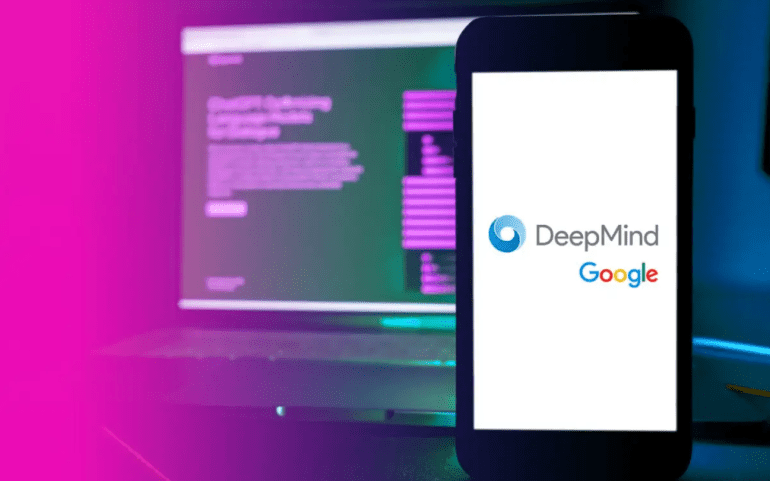- Employees from OpenAI and Google DeepMind issue a public letter raising concerns about undisclosed dangers associated with advanced AI.
- The letter highlights various risks, including exacerbating inequalities, spreading misinformation, and the potential loss of control over autonomous AI systems.
- OpenAI reaffirms its commitment to safety and engagement with stakeholders but faces criticism for alleged lack of transparency.
- Employees assert that confidentiality agreements hinder their ability to publicly voice concerns, prompting calls for regulatory intervention.
- Public apprehension about AI’s risks is evident, with surveys showing widespread distrust in tech executives’ ability to self-regulate.
- The letter calls for measures to foster transparency, protect whistleblowers, and mandate safety testing and cybersecurity protocols.
- Despite regulatory efforts, challenges remain in aligning frameworks with AI’s rapid evolution, emphasizing the need for continued vigilance.
Main AI News:
In a recent development, a consortium of current and former staff from prominent AI entities OpenAI and Google DeepMind has issued a public notice, voicing concerns over the undisclosed hazards associated with advanced AI. The signatories, comprised of thirteen individuals, predominantly linked to OpenAI, including anonymous contributors and two representatives from Google DeepMind, penned a missive titled “A Right to Warn about Advanced Artificial Intelligence.”
The missive underscores the formidable potential of AI systems to engender severe ramifications in the absence of stringent oversight. Ranging from exacerbating existing inequalities to propagating misinformation and, alarmingly, the prospect of relinquishing control over autonomous AI systems leading to existential threats, the risks outlined in the letter are both varied and profound.
OpenAI, in response to inquiries from the New York Times, asserted its commitment to ensuring the safety and efficacy of AI systems, emphasizing a rigorous approach to risk mitigation. The company’s spokesperson, Lindsey Held, iterated the necessity of robust discourse surrounding AI, underscoring OpenAI’s engagement with diverse stakeholders to address these concerns comprehensively.
The narrative put forth by the letter’s authors contends that AI firms possess knowledge regarding the potential hazards of their technological endeavors. However, due to lax regulatory mandates dictating disclosure protocols, crucial information regarding the capabilities and risks associated with these systems remains shrouded in secrecy. Consequently, the burden falls upon current and former employees to advocate for transparency, a task impeded by restrictive confidentiality agreements.
Lawrence Lessig, legal counsel representing the group pro bono, emphasized the pivotal role of employees in safeguarding against potential risks posed by AI. Noting the inadequacy of conventional whistleblower protections in addressing concerns pertaining to emerging risks, Lessig accentuated the need for a regulatory framework conducive to fostering open dialogue within the industry.
Public apprehension regarding AI’s latent hazards is palpable, as evidenced by recent surveys indicating widespread distrust in tech executives’ ability to self-regulate the industry. Daniel Colson, executive director of the AI Policy Institute, underscored the significance of empowering employees and whistleblowers to voice concerns, particularly in light of recent high-profile departures from OpenAI.
The letter’s authors articulated four key demands aimed at fostering transparency and accountability within the AI sector. These include measures to prohibit punitive actions against employees expressing risk-related apprehensions, establishing anonymous channels for reporting concerns to relevant authorities, cultivating a culture of constructive criticism, and refraining from retaliatory measures against whistleblowers.
Colson further underscored the imperative for regulatory interventions mandating safety testing and cybersecurity protocols within the AI sector. Despite strides in regulatory efforts, such as the E.U.’s landmark AI legislation and initiatives aimed at international cooperation, challenges persist in aligning regulatory frameworks with the rapid evolution of AI technologies.
President Joe Biden’s executive order mandating disclosure of AI development and safety testing plans represents a significant step towards bolstering transparency and accountability within the AI landscape. However, stakeholders emphasize the need for sustained efforts to ensure regulatory frameworks evolve in tandem with advancements in AI technology, thereby mitigating potential risks and fostering responsible innovation.
Conclusion:
The public outcry from employees at major AI firms underscores growing concerns about the industry’s transparency and accountability. This could lead to heightened scrutiny and calls for stricter regulatory oversight, impacting market dynamics as stakeholders navigate evolving regulatory landscapes and strive to maintain public trust amidst rapid technological advancements.

